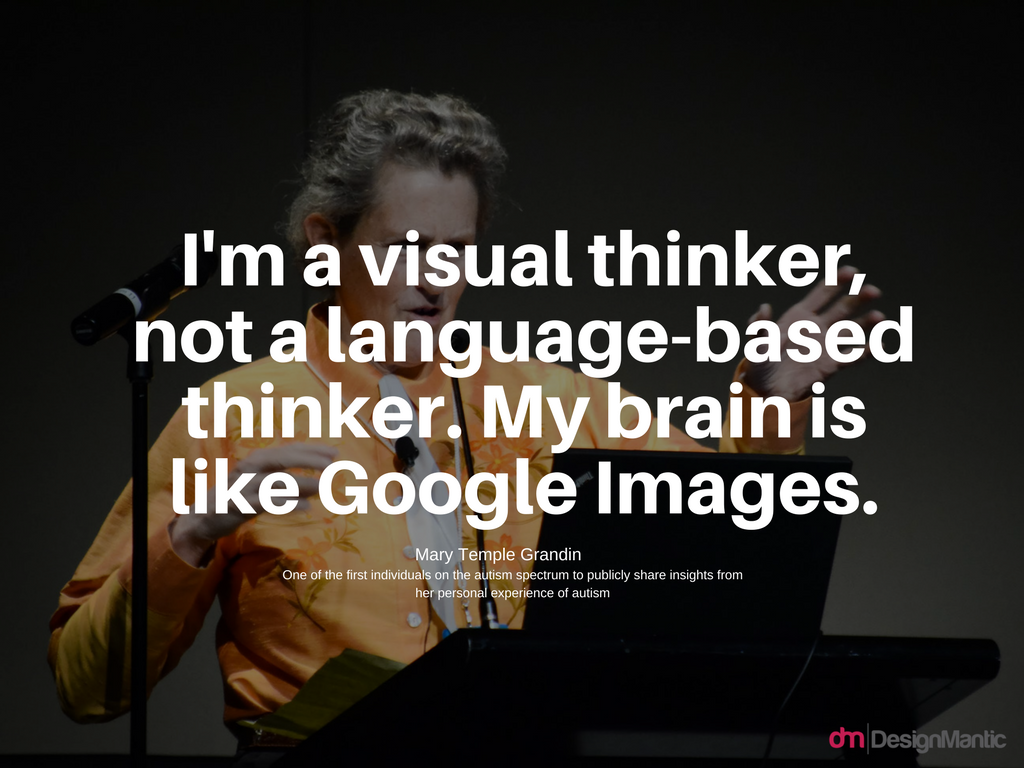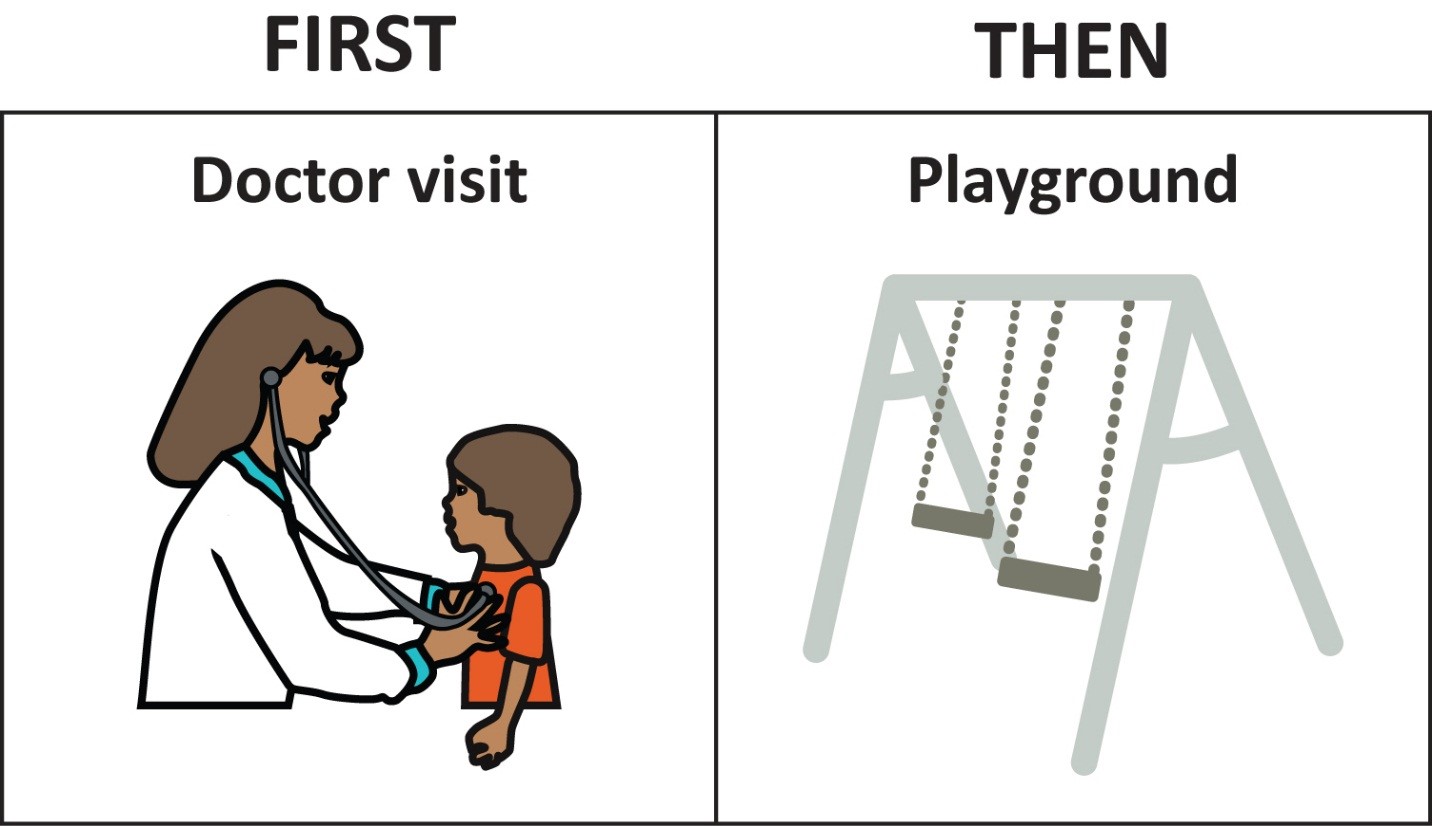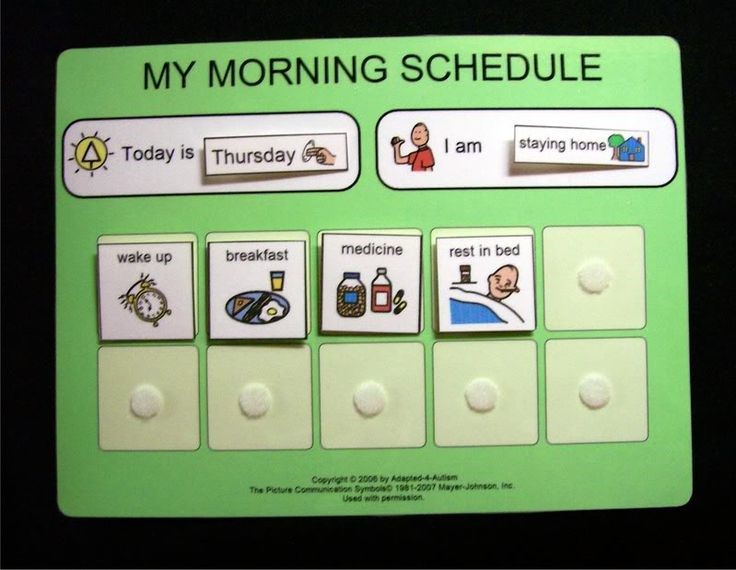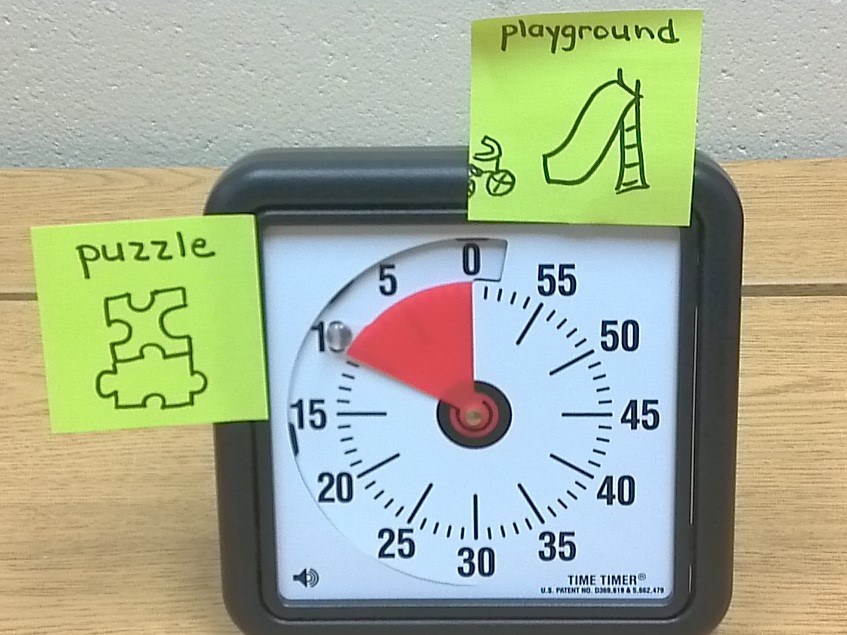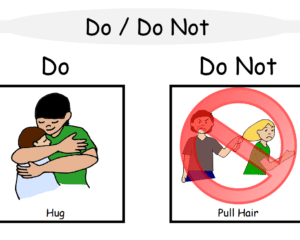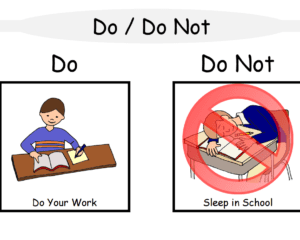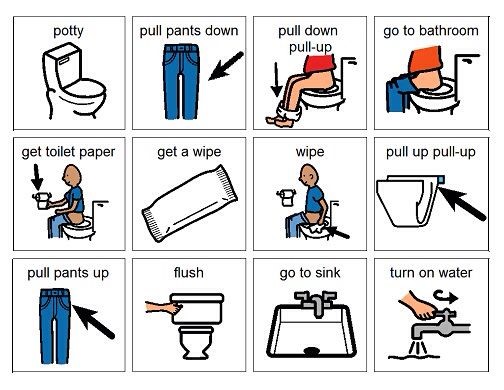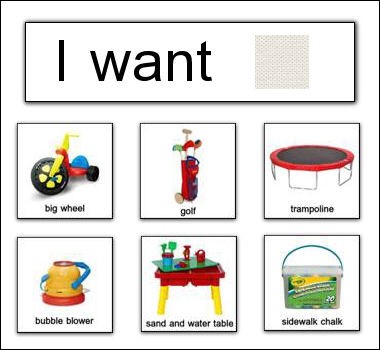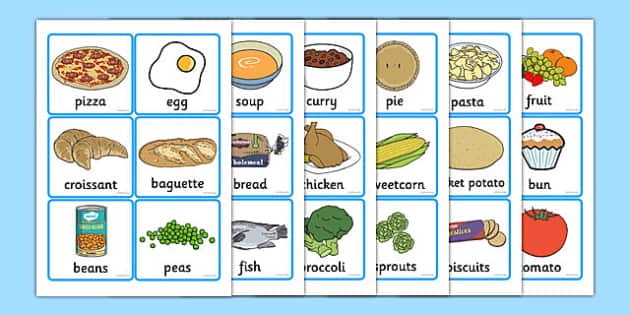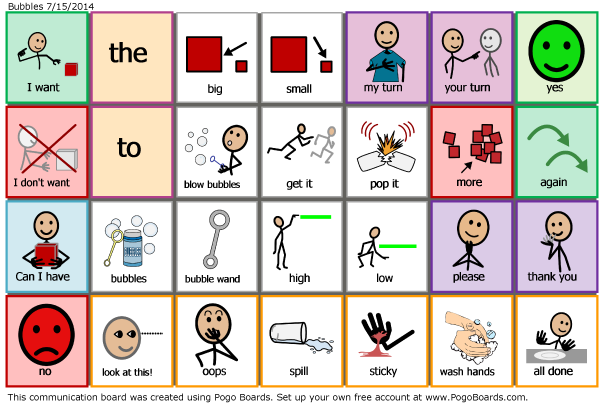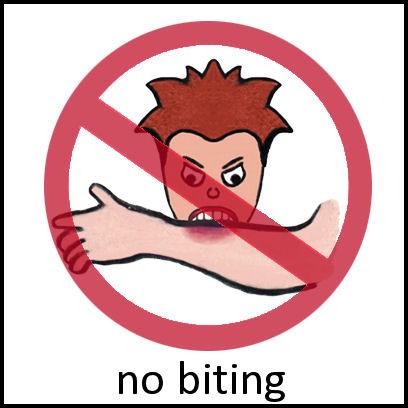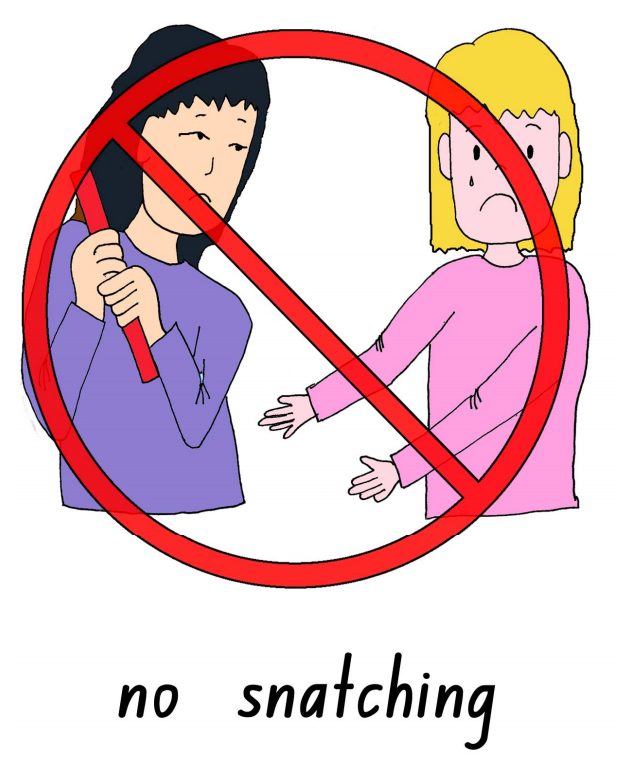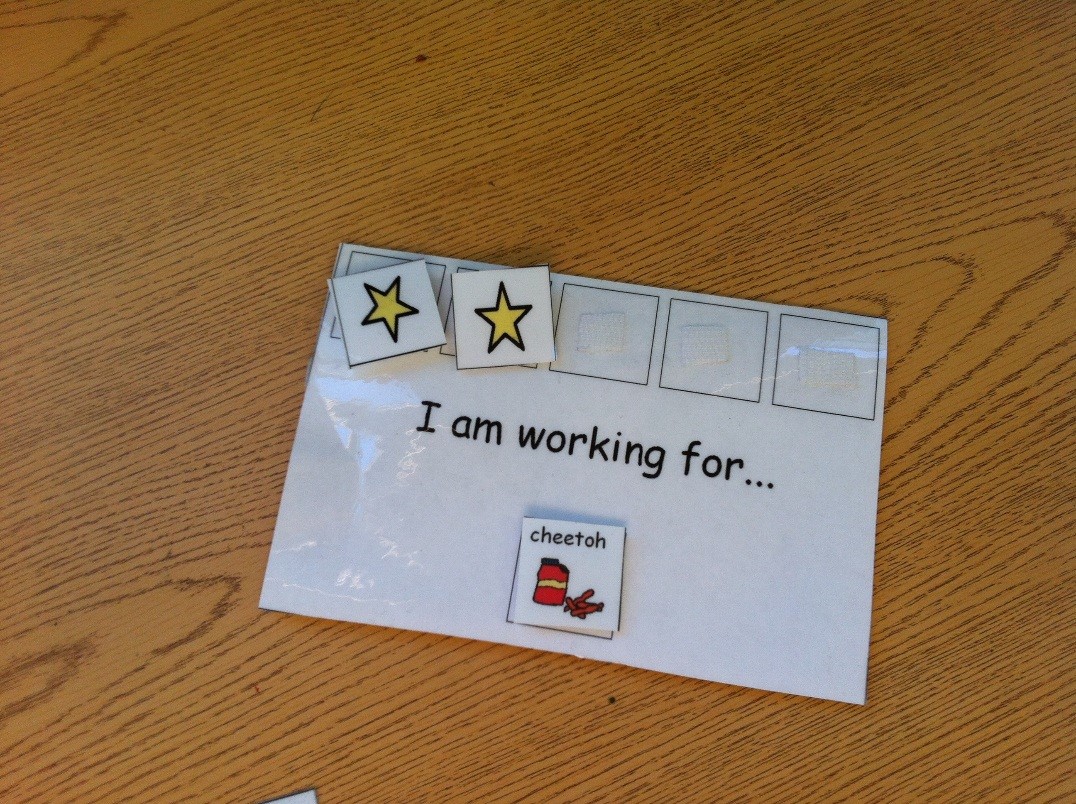Creative Ideas To Offer Better Visual Support For Neuro-Diverse Children
By Guest Contributor Evan Brown
Leveraging visual support for neuro-divergent children entail using a visual item, such as a picture card or mood boards, to communicate with a child who exhibits a shortcoming in using or has difficulty understanding language. Visual supports can be in the form of lists, written words, objects, drawings and photographs. Ample research stands as evidence that visual supports provide one of the best communication mediums for children with developmental disorders. When employed for children on the autism spectrum, a visual support serves two main purposes: helping the child communicate with those around them, and aiding parents in communicating better with their child.
The main challenges of ASD lie in exhibiting repetitive behaviors, displaying limited interests, using language and interacting socially. This is where a visual support comes in to play. Children on the spectrum are inapt at comprehending social cues while interacting with the society in daily activities. Grasping social expectations, such as how to respond to social approaches or break the ice and start a conversation, or even how to adapt their behavior to unspoken social rules, is a feat. A visual support can be capitalized on to help children with ASD develop ample social skills to confirm to the norms of the society.
Secondly, neurodivergent kids display a shortcoming in following and comprehending spoken instructions. Even expressing what they need or want could prove to be perplexing. Visual supports alleviate problem behaviors that stem from difficulty in communication, and the ensuing exasperation, by helping parents communicate what they expect more effectively. 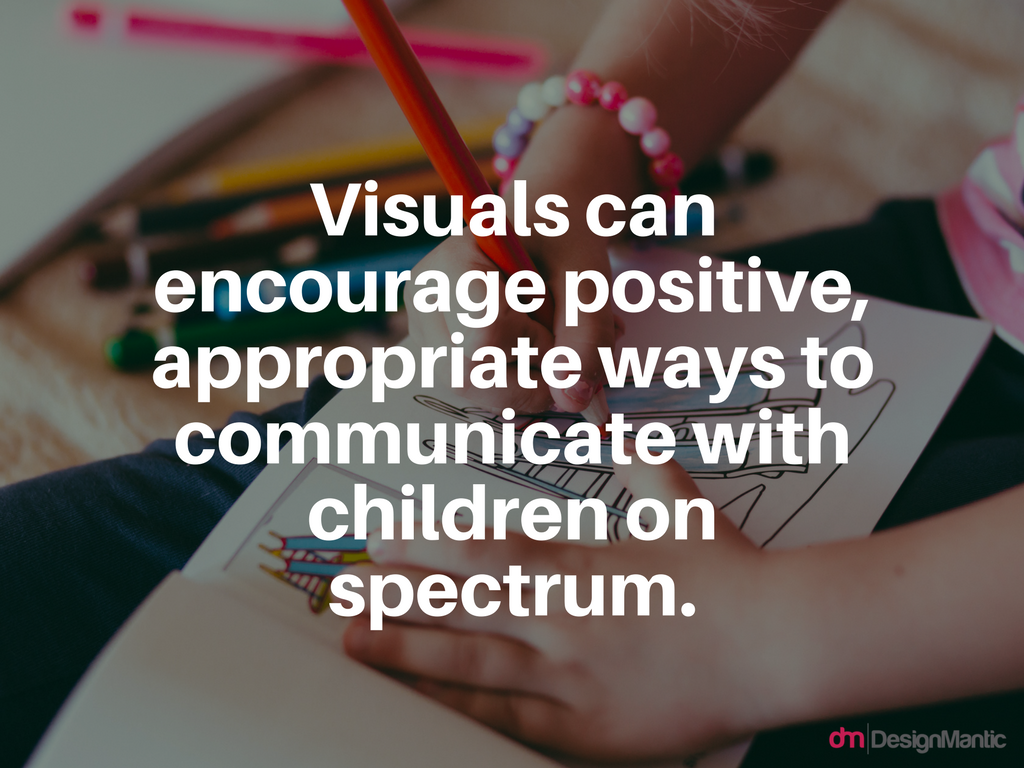
In addition, children on the spectrum are prone to bouts of anxiety when they find themselves in unfamiliar situations or when their routines change without prior warning. Visuals help them deduce what will happen next and what to expect, thus assuaging their qualms. A visual support can also aid them in coping with change and paying attention to important details. All designers designing for autism must also be acquainted with these visual aids to help them incorporate design elements for kids on the spectrum.
DESIGNING FIRST-THEN BOARDS
Source: http://vkc.mc.vanderbilt.edu/asdbloodwork/images/first-then.jpg
A First-Then Board or visual cards have proven to be a top-notch visual strategy, helping children exhibiting behavior and/or language needs complete specific tasks effectively. The strategy involves displaying two images side by side. The “first” usually depicts a non-preferred activity, while the “then” image is an illustration of an activity the child has a predilection for. In order to do the second activity (a possible reinforcer), the child must do the first one. It helps with both expressive and receptive communication. By knowing what is expected of them, less tantrums or episodes of frustrations ensue. Furthermore, by leveraging pictures, the child gleans visuals to refer to even after the word isn’t displayed. This visual support is extremely handy in teaching children on the spectrum to learn new skills and follow directions.
VISUAL SCHEDULES
Source: https://s-media-cache-ak0.pinimg.com/736x/d8/77/8e/d8778edbcefcafbb24e7377daa564a3d.jpg
A graphic schedule puts together a graphic representation of a series of steps or events that the child can expect to happen within an activity or task, or throughout the day. A visual schedule is especially indispensable in breaking down a task including multiple steps to facilitate compliance and comprehension of those steps. It is also beneficial in alleviating rigidity and anxiety surrounding transitions by letting the child know when particular activities will occur during a certain part of the day or throughout a day. Written words, drawings, photos, or other visuals can be added to the schedule to depict the identified activities/tasks.
SAFETY CARDS
Source: http://do2learn.com/picturecards/images/safety4.jpg
Story strips are a great idea to teach safety skills to ASD children, such as how to “Look left-right-left before crossing the street”, or warnings about what might happen if the child touched the iron or climbed too high. Graphical sequences are much more effective in making a mark than verbal warnings and instructions.
VISUAL TIMERS
Source: https://debic321.files.wordpress.com/2012/10/timer1.jpg
Visual timers help to keep track of how much time is remaining in an activity or how much has already passed. These are great for both prized and loathed activities. With a seemingly unpleasant activity, like homework or cleaning up the room, the timer helps to reassure your child that the activity does have an end. After all, it can be rather taxing to do something you didn’t like, without having the faintest idea of how long you are going to be stuck doing it. Visual timers also help the child process the progress being made towards the end of the activity.
A visual timer can also be helpful with an activity they enjoy. It can be rather challenging for Neurodivergent children to transition away from an activity they relish. The upshot of something as innocuous as taking away an iPad can be severe meltdowns or tantrums. Having a visual timer helps the individual mentally prepare for the ending of the activity by knowing approximately how much time they have left with it.
DO AND DO NOT DO CARDS
Do’ and ‘Do not Do’ Cards can be used to prepare Neurodivergent children for a new activity or place beforehand, by visually depicting things that are Ok to do and things that they are not supposed to do. These cards can also be employed to instill social skills in children or make them confirm to social norms. For instance, you can prepare cards showing what to “DO”, and what “Not” to do at school, at the dentist, or while playing with other children.
REMINDER STRIPS
Reminder strips are short graphical strips, comprising of myriad pictures, each corresponding to a particular activity in a sequence, to remind a neurodivergent child of how to perform a certain task. These sequences can include any number of steps that a child may not be able to remember without a visual cue at hand. These sequences can be placed in apt locations, for instance a toileting sequence can be nailed next to a toilet, while a tooth brushing routine can be glued above the sink.
Source: http://do2learn.com/picturecards/images/brushingteeth.jpg)
Source: https://s-media-cache-ak0.pinimg.com/736x/46/4f/c0/464fc05d5c2368b57bf115ac4420c0e3.jpg
After you have taught your child a suitable verbal response or an appropriate behavior in a situation, you may want to reinforce teachings with a visual reminder, instead of continuing to verbally prompt. In addition to reminder strips you can:
- Put up a sign on the table, especially during meals, that reads “Small bites. Look up. Lips together.”
- Hang a sign on the backdoor that says “Lock the door”, to remind your child.
- Put up a sign on the refrigerator as a gentle reminder to “Close the door when finished”.
- Or, put up a sign on the table that offers prompts for conversations during meals:
“Today I _____________.
How was your day?
Please pass the __________.”
CHOICE BOARDS
Source: https://s-media-cache-ak0.pinimg.com/originals/e9/87/25/e98725d6a3adce05487192c764162232.jpg
A great way to introduce a neurodivergent child to visual supports are choice boards. A Choice Board visually represents the choices that are available to the child at any given moment. A choice board can be used to display options for toys that are available to play with, options for a play activity, or options for a snack. Until a child gets to grips with the mechanics of making their own choices, offer no more than 2-3 options, amping up the choices available when the child appears at home with the process. Keep enhancing the complexity of the Choice Boards to include harder choices like selecting the color of a marker for a craft activity or picking out their clothes for a party.
Source: http://images.twinkl.co.uk/image/upload/t_630_eco/image/47/05/T-T-6172-Food-Cards_ver_2.jpg
SAYING NO
The universal NO sign can be used in collaboration with both picture schedules and choice boards. A clear No sign on choice boards can forewarn your child when a favorite toy or food isn’t available. While a NO sign on a picture schedule informs the child that their anticipated activity will be replaced by something else or else has been cancelled. Using visual supports as the harbinger of bad news, parents can make sure that the disappointing news is conveyed to the child in a reliable and understandable way.
Source: https://cdn.shopify.com/s/files/1/0770/8269/files/bubbles.png?2095716356050189428
NO cards can also offer parents a way to communicate about the undesirability of an activity or object. Caregivers generally adopt an uncanny out-of-sight, out-of-mind approach, and prefer to hide the desired picture symbol, package, or object, or simply take the kid away from an undesirable activity, instead of learning to say NO. This approach can actually encourage children to obsess about particular habits or hoard foods they have been restricted to eat. Rather than hiding the picture symbol, package, object, or engaging them in another activity to make them “forget”, clearly communicating that “this is not a choice”, eases the child’s frustration and disappointment and deters them from repeating the task.
VISUAL POSITIVE REINFORCEMENT SYSTEM
Source: http://theautismhelper.com/wp-content/uploads/2012/09/IMG_1241.jpg
A Visual Positive Reinforcement System depicts what a child has to do and how far they have progressed towards earning positive reinforcement. This strategy can be used to inculcate or refine certain behaviors by allowing access to preferred foods, toys, or activities only after successful completion of that desired behavior. For instance, if you want to cultivate the habit of sharing toys in your child, this system can offer the right motivation. Start out by having the child select a reward for their efforts using a Choice Board or any other preferred means. Using the Visual Positive Reinforcement System, show your child that they have to earn a certain number of stars or token before they can claim their reward. The visual card is a constant reminder of what they are working for and helps them keep track of how many more time they have to successfully share with their siblings, before they can get their hands on the promised reward, such as the bag of Cheetos in the image above.
TAKING TURNS STICK
 Source: http://www.filefolderheaven.com/images/turntakingstick1_resized.jpg
Source: http://www.filefolderheaven.com/images/turntakingstick1_resized.jpg
Children on the Autism spectrum are prone to episodes of tantrums when denied their favorite activity or possession. In order to teach the concept of taking turns to your child, especially in a small group setting, stick figures of all the other participants glued to a spare ice-cream stick, would let your child keep track of whose turn it is, and how many more kids they would have to contend with before it’s their turn again. This simple visual support would ensure a smoother transition.
Click here to receive 20% off 14 hours of online Autism Training & Certification with partner code BL20.
Guest Contributed by Evan Brown from Design Mantic.
JUN
